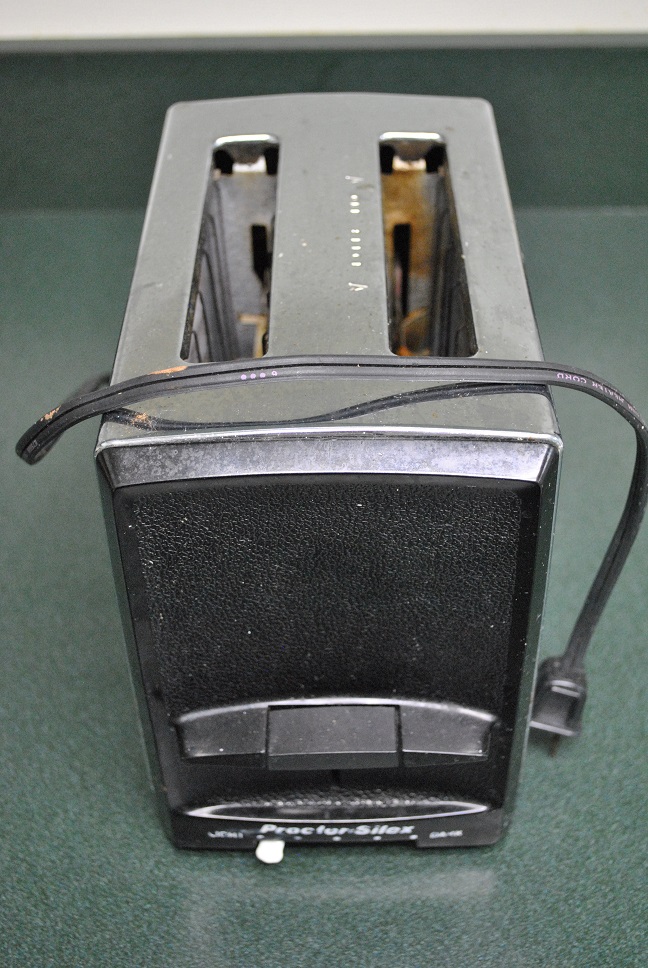Article and audio introduction by Samantha Kennedy, Family and Consumer Sciences

According to the National Institutes of Health, more than 30,000 people die each year in the United States due to unintentional injury within the home environment. An overwhelming majority of these are due to poisonings, falls, and fires.
We are all aware of some of the more common hazards in our homes, such as unsecured pools, lack of smoke detectors, and improper storage of harmful chemicals. But there are some other things in our homes we may not immediately recognize as hazards.
A Few Hidden Hazards
Surprisingly, one of the more common potentially hazardous items in our home is clothing. Not all clothing falls into this category, but there are a few types to look out for. Clothing labels are not required to list chemicals used in finishes, such as those used in permanent press, water-resistant, and fire-resistant fabrics.
Older fabrics such as these contain formaldehyde, which can cause upper respiratory irritation. Safer options include untreated clothing made from more natural fibers such as cotton. Items such as mothballs emit toxic gases that kill moths and other insects. These gases are also harmful to people and pets, so be sure to only use them as directed.
Dry cleaning treatments may also be potentially hazardous. PERC, or perchloroethylene, is classified by the Environmental Protection Agency (EPA) as a possible to probable carcinogen. Remove the plastic from dry cleaned clothes and air them out in a well-ventilated space for several hours before putting them in the closet.
Old furniture may contain potentially harmful chemicals in the padding, stuffing, and stain-resistant finishes on the upholstery. While it is not necessary to discard all furniture and replace with new, it is recommended that any tears be repaired to minimize exposure to potentially harmful chemicals in the stuffing.
When used properly and at the correct temperatures, nonstick cookware is perfectly safe. However, studies have shown that if left heating on a stove at higher temperatures, some nonstick coating can release potentially toxic gases. Never leave any pans cooking on the stove unattended for an extended period of time. Do not use nonstick cookware that is deeply scratched or chipped.
Tips for Staying Safe
Other potential hazards in the home can often be avoided by being aware and acting cautiously. Do not overload electrical outlets, as this can lead to electrical fires. Repair or replace frayed cords on appliances. Tie back long hair and roll up long sleeves when cooking. Store small items such as batteries and magnets out of the reach of children.
Keep harmful chemicals, including cleaning products, laundry detergent, and pesticides away from food and out of the reach of children and pets. Do not leave candles burning unattended. Keep walkways clear of debris and minimize the use of throw rugs to reduce tripping hazards.
Testing smoke alarms monthly and replacing the batteries at least twice a year will ensure they are in good working order. Make sure chimneys are clear of debris to allow smoke to safely pass through. Never run a generator inside the house to avoid carbon monoxide poisoning. Keep small appliances unplugged when not in use to prevent an accidental fire.
Home is a place we should feel safe and protected. By being aware of potential hazards, we can take steps to reduce our risk. For more information about household hazards, please call Samantha Kennedy at the Wakulla County Extension Service at (850) 926-3931.
 0
0
